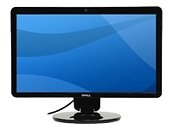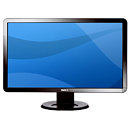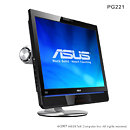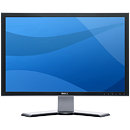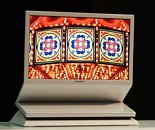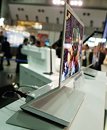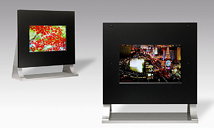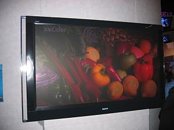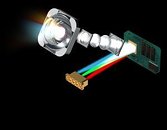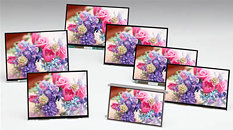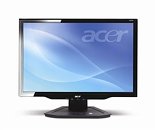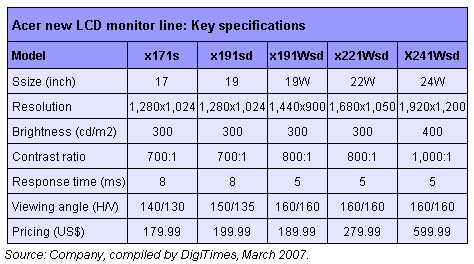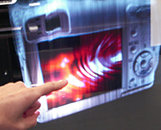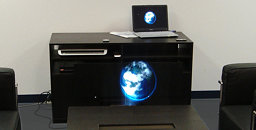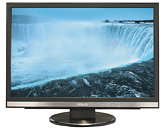
Apple Discontinues the 20-inch Cinema LCD Displays
Apple on Thursday discontinued its 20-inch Cinema Display, reducing its external display offerings to just two options: the brand new 24-inch Apple LED Cinema model and the old 30-inch Apple Cinema HD display. The 20-inch has already been removed from Apple's online store. AppleInsider also suggests that the 30-inch Apple displays are next to go away.
With immediate effect, the following products are 'End of Life' (EOL); Apple 20" Cinema Display,
All backlog will be cancelled and there is no automatic order conversion.Apple wrote in a worldwide bulletin to its sales and service channels.

